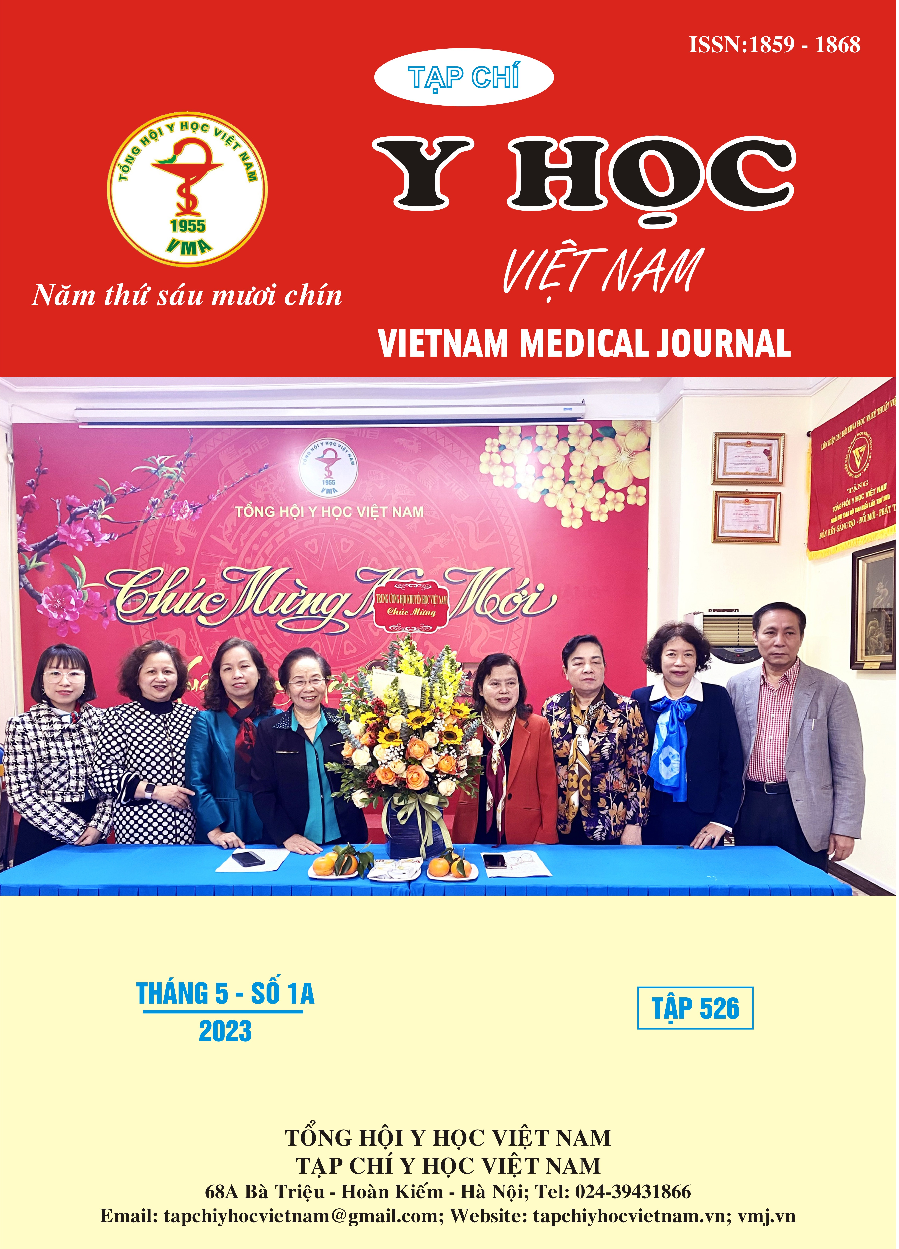MODIFIED MASQUELET TECHNIQUE: A PROMISING SOLUTION IN TREATMENT OF INFECTED LONG BONE DEFECT OF LOWER EXTREMITIES
Main Article Content
Abstract
Objectives: Induced membrane technique is a relatively new technique in the reconstruction of large bone defects. It involves the implantation of polymethylmethacrylate (PMMA) cement in the bone defects to induce the formation of membranes after radical debridement and reconstruction of bone defects using an autologous cancellous bone graft when the infection is eliminated. The purpose of this study was to explore the clinical outcomes of the induced membrane technique for the treatment of post-traumatic osteomyelitis in lower extremities. Methods: A total of 13 cases of post-traumatic osteomyelitis with bone defects, that ≥ 5cm in measurement, were admitted between 1/2018 and 8/2020. This prospective, cross-sectional descriptive study included 12 men and 1 woman, with a mean age of 36,6 years (18 to 68). Within this group there were 10 tibias and 3 femurs with a mean defect of 9.7 cm (5-20). Antibiotic-loaded PMMA cement was inserted into the defects after radical debridement at the first stage. After approximately 22.1 weeks (12.71-50.29), the defects were implanted with bone graft. Results: The patients were followed for 20. months (9.7- 41.8). Radiographic bone union occurred in all of cases, at average time 8.1 months (2.7-15) from stage 2 procedure. A total of three cases had some debridement before bone grafting because of recurrence of infection and ulcer because of abrasion of cement. No cases of osteomyelitis had recurred at the time of the last follow-up visit. Conclusion: The induced membrane technique for the treatment of post-traumatic osteomyelitis in lower extremities is a simple, reliable method, with good early results. However, there are many challenges in determining the scope of the debridement, type of limb fixation and source of bone graft to be used.
Article Details
Keywords
Masquelet technique, induced membrane technique, bone loss, bone defect
References
2. Masquelet AC, Kishi T, Benko PE (2010). Very long-term results of post-traumatic bone defect reconstruction by the induced embrane technique, Orthop Traumatol Surg Res, 105(1):159-166
3. Mauffrey C, Barlow BT, Smith W (2015). Management of Segmental bone defects, J Am Acad Orthop Surg, 23(3):143-153
4. Wang W, Luo F, Huang K, Xei Z (2016). Induced membrane technique for the treatment of bone defects due to post-traumatic osteomyelitis, Bone Joint Res, 5(3):101-105
5. Fung B, Hoit G, Schemitsch E, Godbout C, Naut A (2020). The induced membrane technique for the management of long bone defects, JBJS, 102(12):1723-1734
6. Wong TM, Lau TW, Li X, et al (2014). Masquelet technique for treatment of posttraumatic bone defects, Scientific World Journal, 710302
7. Andrzejowski P, Masquelet A, Giannoudis PV (2020). Induced Membrane Technique (Masquelet) for Bone Defects in the Distal Tibia, Foot, and Ankle: Systematic Review, Case Presentations, Tips, and Techniques, Foot & Ancle Clin, 25(4):537-586


